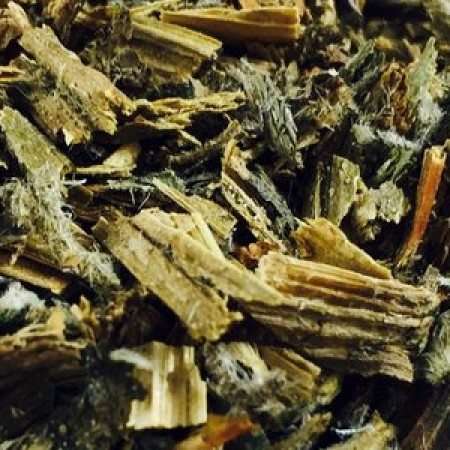BORAGE HERB C/S
Product Name: BORAGE HERB C/S
Botanic Name: Borago Officianalis
Borage, also known as starflower is an annual herb originating in Syria, but naturalized throughout the Mediterranean region, as well as Asia Minor, Europe, North Africa, and South America. It grows to a height of 60-100 cm (2.0-3.3 ft), and is bristly or hairy all over the stems and leaves; the leaves are alternate, simple, and 5-15 cm (2.0-5.9 in) long. The flowers are complete, perfect with five narrow, triangular-pointed petals. Flowers are most often blue in color, although pink flowers are sometime observed. White flowered types are also cultivated. The flowers arise along scorpiod cymes to form large floral displays with multiple flowers blooming simultaneously, suggesting that borage has a high ° of geitonogamy. It has an indeterminate growth habit which may lead to prolific spreading. In milder climates, borage will bloom continuously for most of the year.
Traditionally borage was cultivated for culinary and medicinal uses, although today commercial cultivation is mainly as an oilseed. The seed oil is desired as source of gamma-linolenic acid (GLA, 18:3, cis 6,9,12-octadecatrienoic acid), for which borage is the highest known plant-based source (17-28%).[1] The seed oil content is between 26-38% and in addition to GLA contains the fatty acids palmitic acid (10-11%), stearic acid (3.5-4.5%), oleic acid (16-20%), linoleic acid (35-38%), eicosenoic acid (3.5-5.5%), erucic acid (1.5-3.5%), and nervonic acid (1.5%). The oil is often marketed as "starflower oil" or "borage oil" for uses as a GLA supplement, although healthy adults will typically produce ample GLA through dietary linoleic acid.









